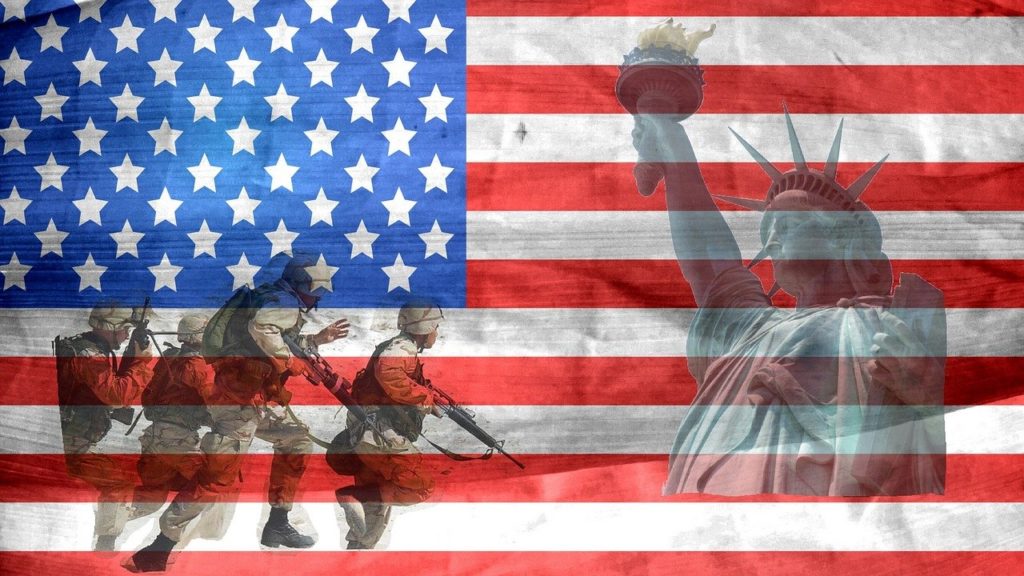This week we had Veteran’s Day here in the US, a time we remember those that gave so much so that we could enjoy liberty and freedom. We tend to thank our veterans for their efforts, but, as a nation, we often fall short of what is needed to help them return to society productively. Veterans do come home with trauma, injuries, and life experiences most of us couldn’t possibly imagine. Still, they have generally proven themselves loyal, goal-oriented, and capable of tremendous amounts of effort over short periods. Veterans can be a problem or an invaluable resource depending on how they are supported, retrained, and treated. Looking back, some of the finest managers and co-workers I’ve known were veterans, and many, if not most, were ex-IBM.
Perhaps the greatest CEO that IBM ever had was Thomas Watson Jr., who struggled under an often harsh and erratic father but found his way after serving as an Army aviator in World War II. From the time he ran IBM till now, the firm has had a seemingly unique commitment to veterans, which was showcased when I interviewed Jason Kelly. The latter runs IBM’s Blockchain effort as GM and is the co-chair for the Veteran Executive Council—and Jason is ex-US Army.
Let’s talk about why veterans make great employees if managed well and how IBM is leading in their effort to turn veterans into some of the best employees you are likely to see in any company.
Value of Veterans
Veterans have training and experience that is unique and sometimes hard to translate into business acumen regardless of the military service. Jason shared an example of a sergeant that might be in charge of maintaining tanks. You’d be wrong to think this was a simple job given the tanks are highly technical, requiring a great deal of related knowledge and training to service and employing large teams of people also trained on them. Tanks aren’t like cars—with advanced engines and engine management systems, targeting systems, communications systems, and defensive systems. Unlike your office, all of that has to survive in environments that are deadly to humans.
This experience would seem to translate well to factory floor management, fleet management, or even operational IT in terms of system maintenance and support. But the combination of required mental skills and ability to function under high stress would also lend itself to high-stress jobs like cloud maintenance and operations.
And retraining veterans with these skills for business operations shouldn’t be that much different than retaining them to work on updated tanks. And tanks themselves are advancing rapidly, moving into areas like BAE Systems ADAPTIV Hexagonal Pixelated Thermal/IR Multispectral Adaptive Camouflage Armor Systems (yep, it is an invisibility cloak for tanks). Granted, this isn’t yet deployed, but it is the kind of technology a tank maintenance crew would be expected to learn rapidly, and it would likely be beyond anyone on your IT team. In short, veterans stand out not only concerning loyalty and being team players but in their ability to adapt and overcome something critical to a technology market with an unbelievably rapid technology cadence.
IBM Veterans Program
It’s funny because when I was talking to Jason, I recalled my first month at IBM. I joined right during the year-end close, and no one had time to train me or even tell me what my job was. I spent the month terrified I would get fired because I had no idea what to do, and no one had the time to answer my questions. With Veterans, IBM takes far more care, and some of this, I think, could be useful to kids coming out of college with as little understanding of how a big company worked as I initially did. IBM Veteran is a rank, and the firm recognizes that trust is a differentiator, not just with the new veteran employees but with IBM.
Veterans are used to a unique support structure where the service provides meals and even clothing. Adjusting away from that isn’t easy but is handled through designated support groups. This use of support groups is essential because the military tends to be far more regimented than business. Adjusting to what would appear to the veteran as a lack of rigor and accountability might make their transition more difficult. Besides, because the support group comprises veterans, helping a new employee find the career path that would best benefit their skills and interests is built into the process.
I can imagine, at some future point, the firm will deploy its Watson AI solution against this problem and find a way to scale that solution to other companies, but, for now, it is people helping people. Jason pointed to the program’s success by sharing the story of one of their senior VPs who joined IBM after exiting the military as a private.
Wrapping Up
Many firms treat veterans as a problem to be solved while IBM and a few others treat them as critical resources necessary for its success. This focus on awareness, empathy, and inclusion isn’t just applied to veterans but also to minorities in IBM and makes it one of the most employee-friendly firms I cover.
In IBM, going back to Thomas Watson Jr., veterans aren’t a problem to solve but a critical resource assuring the company’s culture and success. The esprit de corps that ex-military provide and expect add significantly to a firm’s ability to execute and maintain a trusted partner image.
This IBM Veteran goes beyond financial commitment to recognizing these veterans are a critical asset assuring the firm’s future. Taking care of our vets is the best way to thank them for their service, and I’m proud of IBM for stepping up to the challenge.



